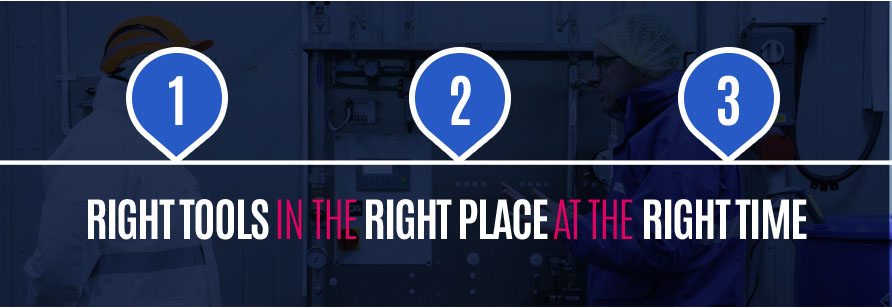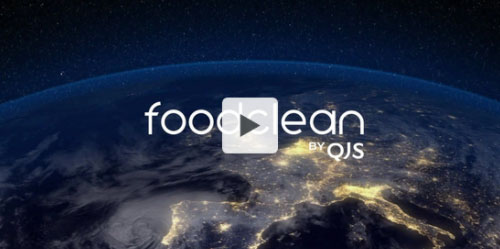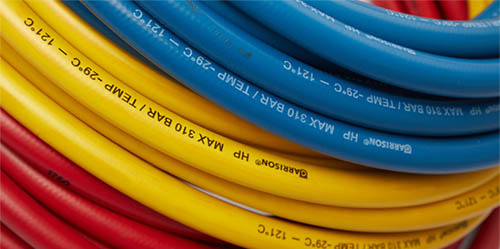Insights with FoodClean
Cleaning Labour Efficiency
The most effective, efficient and sustainable way to clean your food manufacturing factory
Dan Turner, one of our Directors here at FoodClean, has some fascinating insight to share into how to achieve cleaning labour efficiency across your food manufacturing facility on a daily basis.
“Food manufacturers must take the time to understand how important it is to have the right tools in the right place at the right time,” says Dan. “These three factors enable powerful economies of scale from an efficiency, sustainability and profitability point of view.”
Dan makes an excellent point and has laid out two scenarios to help you picture how these three points can change the way you run your food factory.

Scenario 1
Imagine that you have provided your cleaning operator with the following:
- A low pressure rinse point in the production area
- A mobile foaming machine, kept in a hygiene storeroom
- A disinfectant sprayer, kept in a hygiene storeroom
- Detergent and disinfectant in 25L drums, kept in a hygiene store room
In short, these are the wrong tools in the wrong place at the wrong time. The cleaning operator doesn’t have access to a sufficient hygiene system when they need it, plus a lot of time is wasted moving from A to B and back to A again in order to fetch and relocate the numerous components.
Scenario 2
You have provided your cleaning operator with the following:
- A full Satflow point in the production area with a Nita SC hose reel
- Chemicals from IBCs provided to the Satflow by a ChemFlow system
This setup provides the right tools in the right place at the right time. As a result, 105 minutes are shaved off the process compared to scenario 1, and that’s just for a single operative. How many operatives could this apply to in your factory, or in the whole of the UK?
“Cleaning labour efficiency is imperative,” says Dan. “How much more food could be produced in the UK, Europe and across the world if factories gained an extra 105 minutes of production time every day? Then of course there’s the cost savings, energy savings, chemical savings and water savings, which will significantly reduce expenditure and carbon emissions whilst optimising production. It’s definitely food for thought and we’re ready to help you transform it from an idea into reality.”


